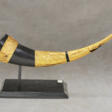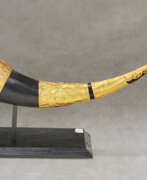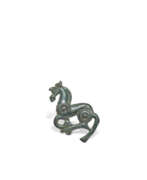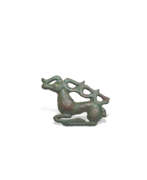Scythians
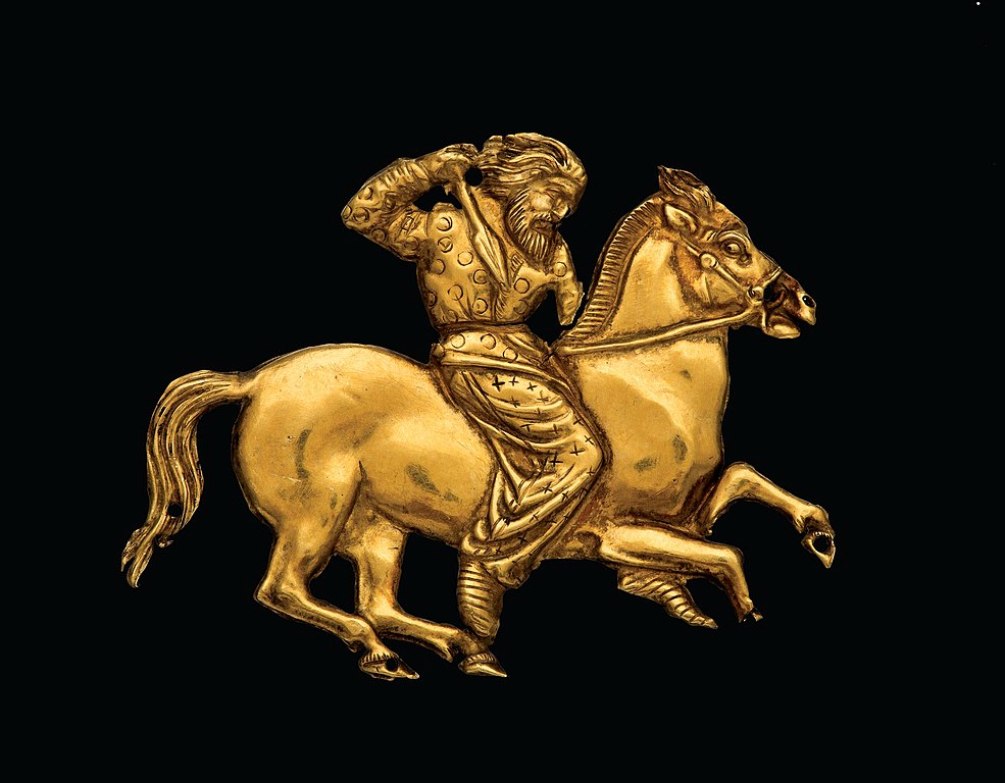
Scythians
The Scythians were a nomadic people of Iranian origin, flourishing from the 7th to the 3rd centuries BCE, known for their rich culture and artistic heritage, which was centered on the steppe of Central Asia and later spread to southern Russia and Ukraine.
This ancient group is particularly celebrated for their sophisticated goldsmithing and craftsmanship, with their works often reflecting echoes of Celtic influence. The recent discoveries of their burial mounds, known as kurgans, have unearthed a wealth of artifacts that showcase a high level of cultural sophistication in both art and dress. Scythian art included decorated objects like arms, jewelry, and trappings for horses, tents, and wagons, revealing the dynamic lifestyle of these tribes as they traversed from the Altai Mountains to European Russia.
Many of the Scythians' artistic contributions are tied to their royal lineage, with the Ziwiye hoard being one of the earliest examples of Scythian art. These artifacts provide a window into the life and beliefs of the Scythians, as they often depict scenes of hunting and combat, central to Scythian identity.
For those interested in the art and antiques of the ancient world, the Scythians offer a fascinating study. The British Museum and other cultural institutions around the world hold collections of Scythian artifacts, allowing us to piece together the story of these enigmatic people.
Discover more about the Scythians by signing up for updates and immerse yourself in the legacy of these ancient nomads, whose art continues to fascinate collectors and historians alike.
| Country: | Asia, Europe |
|---|---|
| Start of the period: | 800 BC |
| End of the period: | 400 BC |
